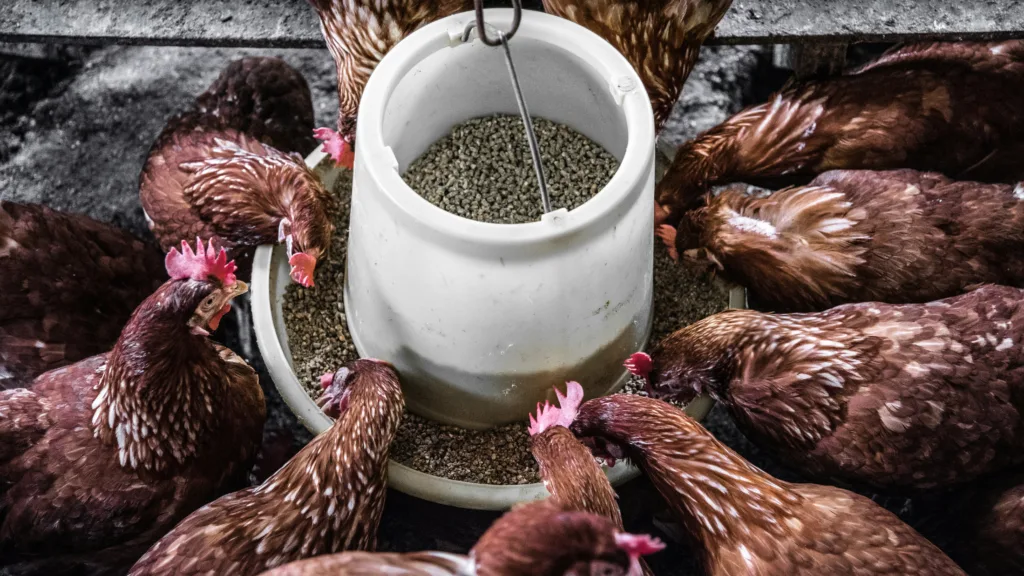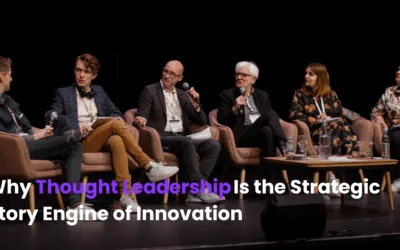The ABC is reporting today on a court battle between a century old Australian poultry company, Inghams Chicken, and the Australian Tax Office (ATO). The case may be seen as delivering a blunt message about the state of Research and Development (R&D) in this country. Inghams has found itself in deep water and at risk of being on the losing end of a multimillion dollar R&D tax dispute, despite believing it had invested in innovation.
But this is not just a story about a chicken company and some bad paperwork. It’s a case study in how Australia may be setting businesses up to fail when it comes to R&D. And it poses a harder question; is the system we’ve built for encouraging innovation potentially blocking it?
What counts as R&D in Australia?
Australia’s R&D Tax Incentive was established in 2011, and was supposed to support businesses investing in innovation and risk. But the definition of R&D core activities is quite narrow, and must abide by four key criteria:
- The research process needs to be based on principles of established science;
- The research must proceed from hypothesis to experiment, observation and evaluation, and leads to logical conclusions;
- The outcome of the research can’t be known or determined in advance;
- The research needs to be conducted by a competent professional with appropriate qualifications or experience in research.
These criteria are based on empirical research processes. And the research outcomes could be both validating an hypothesis or invalidating it. The objective is to ensure that whatever is being tested actually works and can generate entirely original technology.
The problem of course, is that this kind of research is expensive, and could be considered narrow in its definition of what is deemed ‘innovative’. And needless to say, the process does not broadly support how innovation works in the commercial sector. The standard might make sense in pharmaceuticals or in aerospace. But in industries like agriculture, construction, or manufacturing, it rarely fits.
Inghams registered activities like:
- Optimising shed cleaning processes;
- Running poultry feed trials;
- Testing water quality protocols.
All of this was aimed at improving performance, safety and efficiency. But none of it passed the government’s definition of “core R&D”. The ATO ruled these activities weren’t experimental enough. And because there was no eligibility, the company did not qualify for tax benefits. Now the ATO is “reviewing the impact” of the Administrative Appeals Tribunal that has come down against Inghams (see the finding from February last year for more details; note that Ingham is under the pseudonym GQHC) .
If a company trying to improve food production systems doesn’t qualify as an R&D performer, then who does? And what should be a reasonable sum for expenditure on such R&D?
 A risky registration process
A risky registration process
The case also highlights a long standing flaw in how Australia administers the R&D tax incentive process. Businesses register R&D activities with the Australian Government’s business support program, AusIndustry, a division of the Department of Industry, Science and Resources. But there is not an explicit requirement for AusIndustry to assess all R&D tax incentive registrations. Instead it falls to businesses to request that AusIndustry conduct an assessment and deliver formal Findings on any registration.
If AusIndustry receives a request to carry out an assessment, it will assess whether the R&D core activities and supporting activities qualify, and a formal Findings report will be published. If that report finds that all activities quality, the ATO is then obliged to accept that all activities qualify and process tax incentives accordingly. However, if no request is made, then no assessment is conducted, even if the registration is “approved”. Then the ATO can decide (perhaps some years following registration) whether those activities qualify for financial benefits, and a company can find itself with an enormous tax replayment bill.
In this case, AusIndustry did register Inghams’ activities, but never issued a formal finding that they met the required standard. That left the door wide open for the ATO to come in later and rule that none of it was eligible.
Importantly, this kind of delayed R&D tax incentive disqualification isn’t an isolated issue. Many businesses operate under the false assumption that AusIndustry approval equals eligibility. It doesn’t. And when claims are reviewed years later, companies are exposed to clawbacks, audits and legal action.
The scientific method trap and Australia’s R&D decline
A key reason Inghams lost the Administrative Appeal in February 2024 is that its work wasn’t documented according to a formal scientific method. The Tribunal criticised the company for not having written hypotheses or structured experiments. But this raises a bigger concern: has the system confused innovation with science?
Most innovation in the economy doesn’t happen in lab coats. It happens on farms, factory floors, workshops and worksites. It’s iterative, responsive and often poorly documented. But it’s still innovation. And it still carries risk. If we require every business to follow only the academic style of research to qualify for R&D support, we risk excluding the kinds of companies Australia needs to be encouraging.
Australia’s business R&D intensity has been falling for years. We now sit well below the OECD average for business investment in innovation, and the Business Council of Australia has warned just in the last coupe of weeks that large business R&D investment has declined by 24%, or $2.9 billion.
Without wanting to make any comment on the merits of the Inghams chicken case, there is a risk that the current dispute between Inghams and the ATO (currently in its 6th year) will act as a warning to any business wanting to engage in R&D. If businesses can be dragged through the courts to defend their innovation plans the message is pretty clear to all businesses: don’t bother trying to do R&D.
Time for a rethink?
The solution to this problem isn’t to lower standards, but rather to modernise them. There are a series of policy options that could be considered.
- AusIndustry to assess all registrations before approval: this really is a no-brainer. If AusIndustry is registering all R&D applications, then it should also assess them. This might mean using AI to produce a first pass, and using people to check on any concerning registrations.
- Broaden the definition of R&D: incremental innovation and research that includes market demand components or even technology that is used to improve productivity probably need to be included in as core R&D activities. Real world innovation which is conducted by experienced professionals in a specific domain, and is well documented, should be encouraged.
- Introduce a tiered model: a simplified, lower risk pathway could be considered for industries doing low tech, but high value innovation. This would expand the number of registrations but would also extend the interest in innovation across all businesses.
The thing is, these changes would actually bring us in line with similar nations. The UK allows a broader set of R&D activities and Canada supports incremental innovation in process industries. Australia is falling behind not because we lack ideas, but because we’ve built a system that could penalise the people who act on them.
Australia’s R&D system is out of step with the economy it’s supposed to support. It demands academic purity in industries built on trial and error. It puts the burden of proof entirely on business, but offers no certainty in return. And it risks gutting innovation at the exact moment we need it most for productivity, for decarbonisation, and for sovereign capability. If we’re serious about innovation, we need an R&D system that backs people who take risks. While it would be great for more businesses to partner with science labs and academic research processes, it is important to provide an incentive where such relationships can be fostered from a culture of innovation in business. And at a crucial moment in global business, a better model of supporting R&D is needed to ensure our companies remain competitive.



